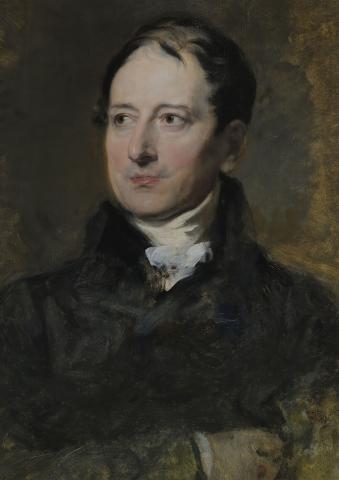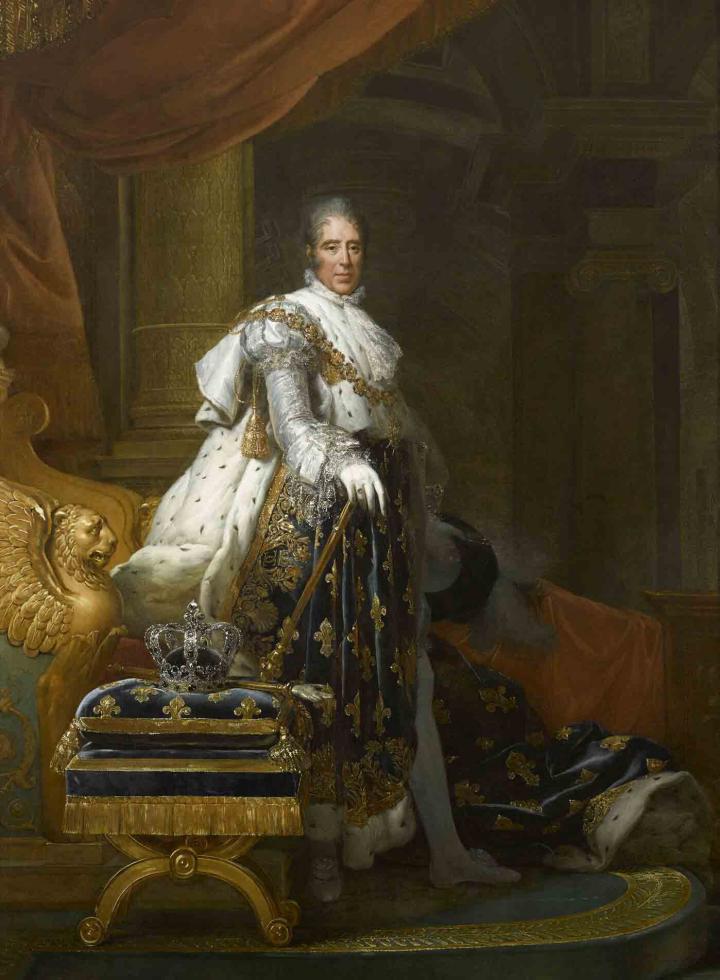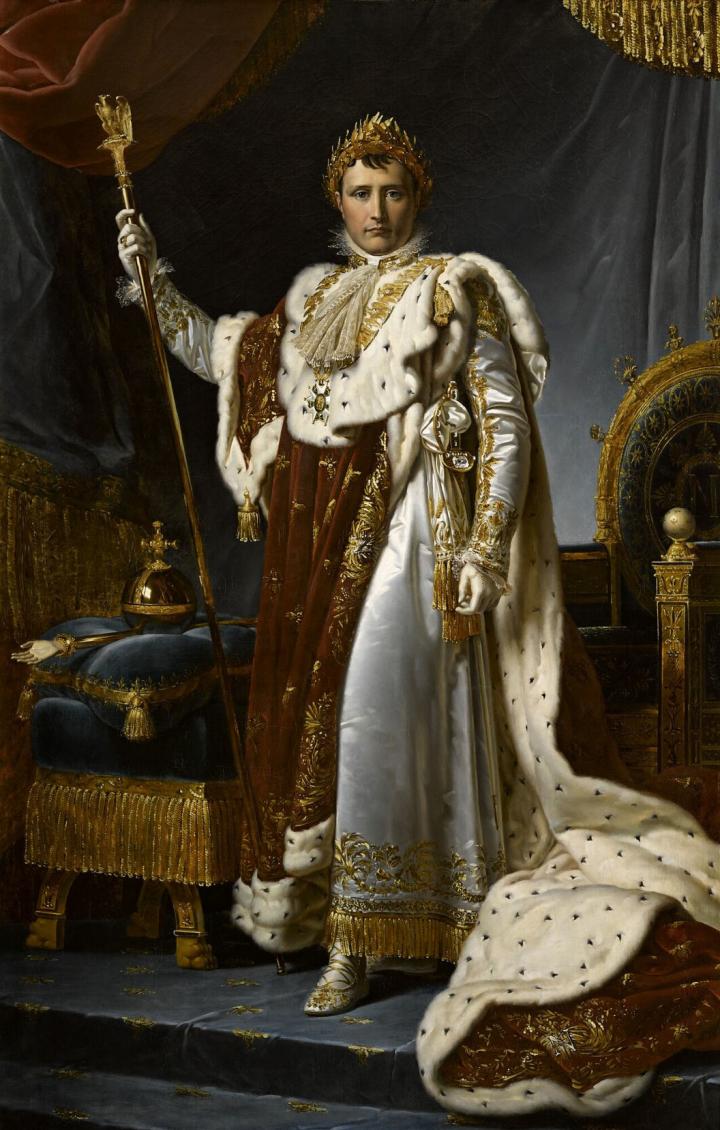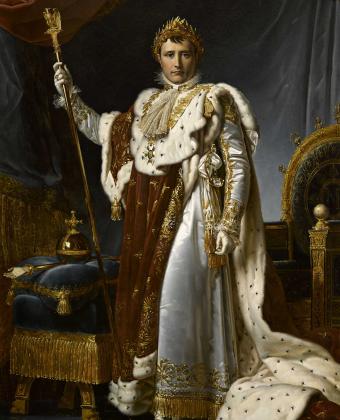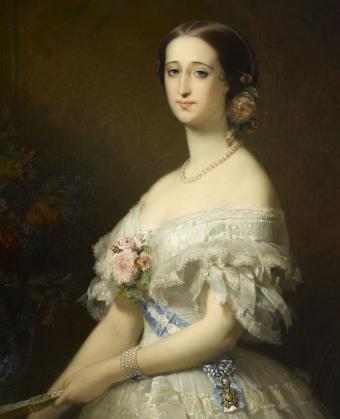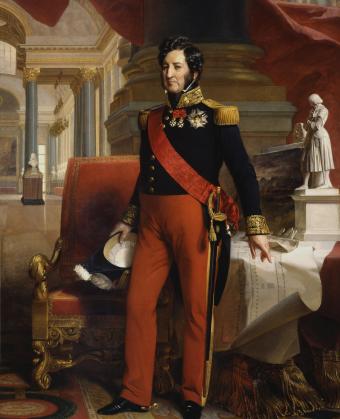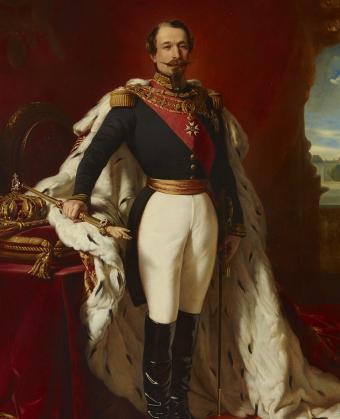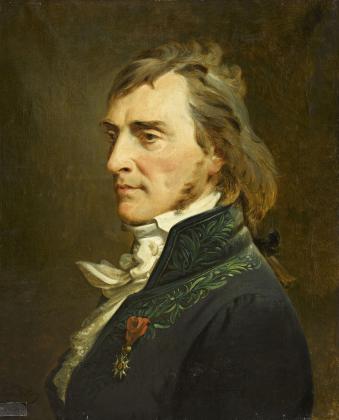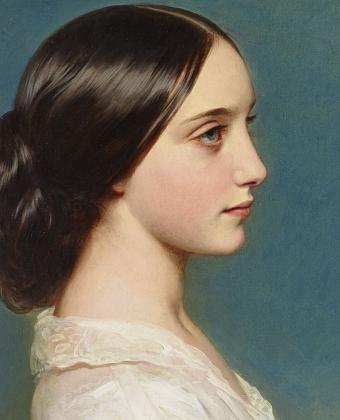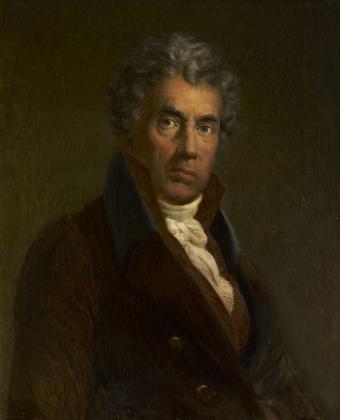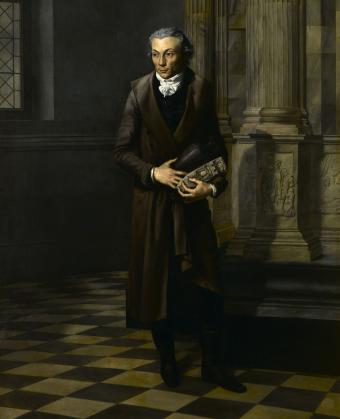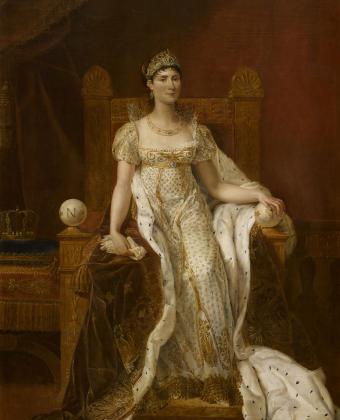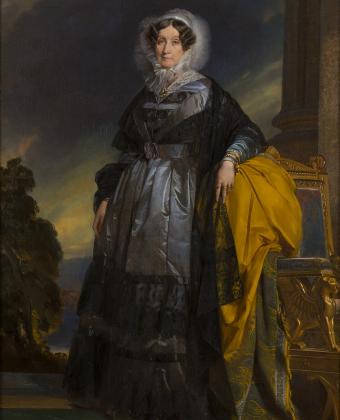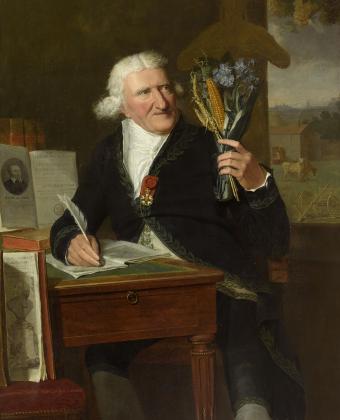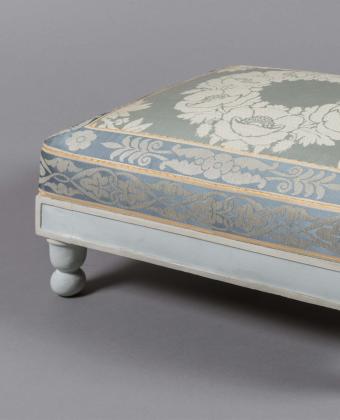David’s student
François, Baron Gérard, painter Thomas Sir Lawrence © Château de Versailles, Dist. RMN / © Jean-Marc Manaï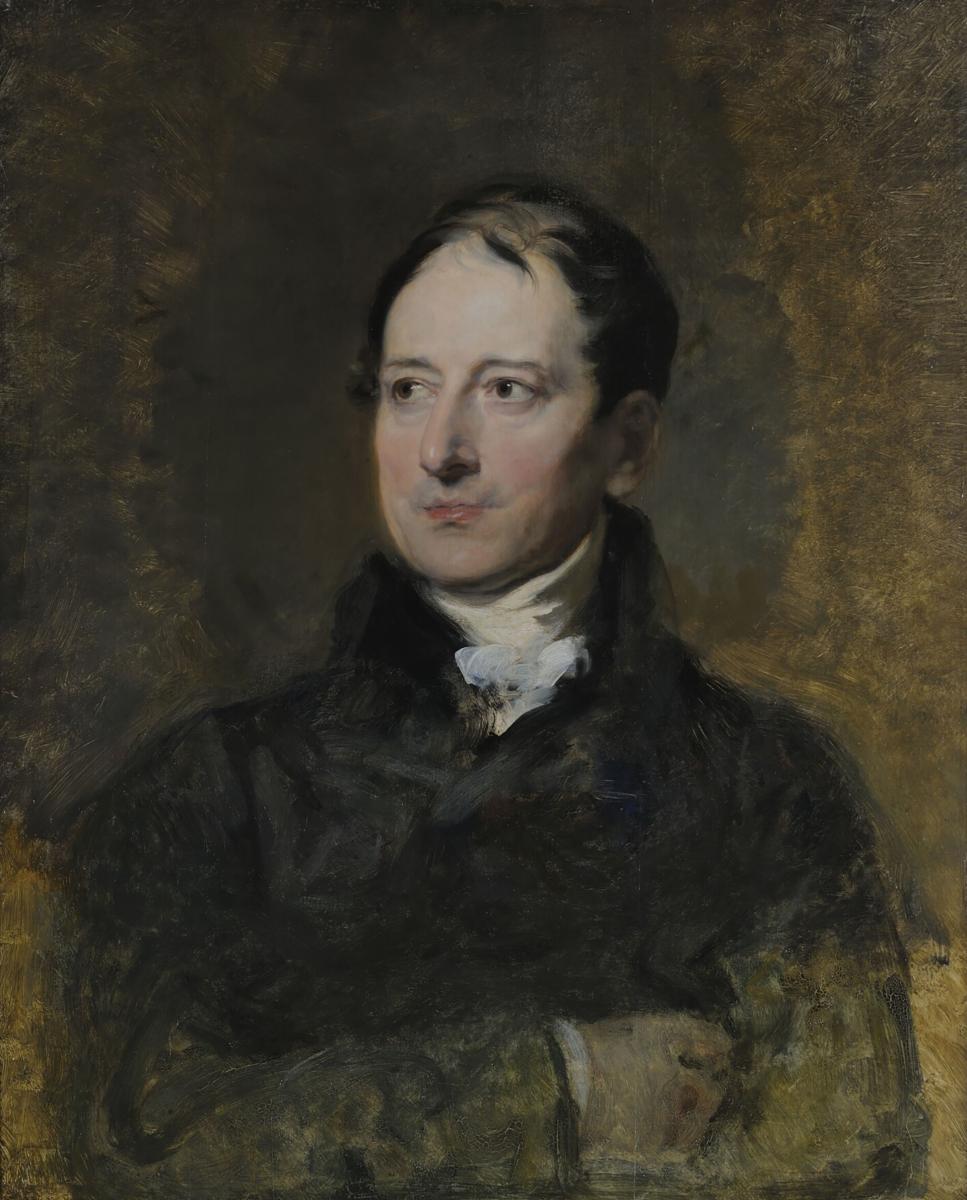
1801-1850
The son of a French official stationed in Rome, Gérard was born in the eternal city, but received his artistic training in Paris under David beginning in 1786.
After winning the second Prix de Rome in 1789, he was prevented from competing again the following year, but was nevertheless able to stay in Italy. He made his début at the Salon of 1791, and, as the protégé of his master David, was able to fully devote himself to his art, obtaining housing and studio at the Louvre. His work Bélisaire, presented at the Salon of 1795, and the portrait of his friend Isabey the following year marked the start of his career.
Painter of Kings
He caught the attention of the Bonaparte family and began working for them at Malmaison, and later as the official painter of the Empire, producing historical paintings and portraits and notably the official effigies of the rulers in 1805 and 1807.
In combining the refinement of the 18th century with the most modern representational codes, François Gérard became greatly successful in the art of portraiture. He consistently achieved a fresh layout for each painting and always depicted his models in the most flattering and elegant light. Between 1796 and 1836, he produced over eighty full-length portraits, which were duplicated in his studio. The reductions of these paintings by the artist himself or artists in his studio are housed in Versailles, which acquired them after his death.
The painter of kings and king of painters
Nicknamed “the painter of kings and king of painters”, he enjoyed the patronage of a high class of French and international clientele, despite the extravagant prices he charged. On one day in 1814, three rulers pressed around him, each awaiting their turn in his studio. After David’s exile in 1815, he came to be known as the master of the French school.



